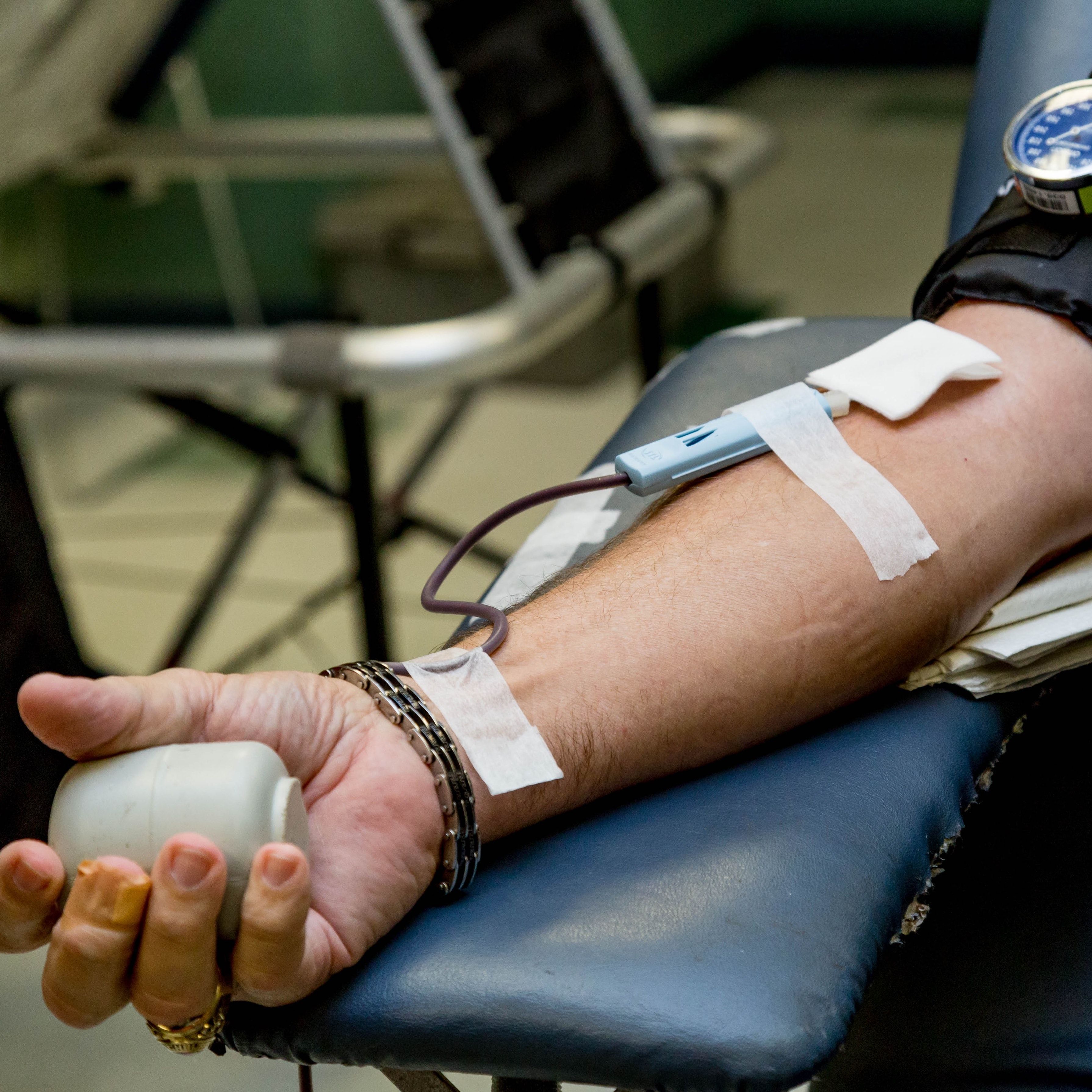Video
Improving HIV Treatment Adherence
Peter L. Salgo, MD: With all of this, you’ve all been alluding to something, periodically, throughout this discussion—adherence. Doctors have to adhere to what they think they should do and patients have got to adhere to the therapy. What are some practical tips of the trade for making sure that doctors and patients do what they’re supposed to do?
Joseph Eron, MD: That’s, I think, the hardest question. We stink at identifying people who are going to be poorly adherent. I think we’re probably pretty good at knowing someone who’s going to be poorly adherent if someone doesn’t show up to clinic or they’ve been in and out of care.
Paul E. Sax, MD: Or when they tell us, “I’m not taking my medicine.”
Joseph Eron, MD: That’s actually the best predictor.
Eric S. Daar, MD: They never lie about that.
Joseph Eron, MD: On the other hand, we’re not so good at analyzing someone who looks like they’re going to be adherent. They’re not always adherent. They’ll say they’re adherent, and then you call their pharmacy and you learn that their refill pattern is hectic or nonexistent. So there are a couple things I think we need to do. One is to get that viral load within 2 to 4 weeks of starting. One of the things that I think needs to be impressed on in anyone who’s doing HIV treatment is that viral load should go down fast. It should go down by 100-fold by 3 or 4 weeks in. So, if you don’t see that, either they didn’t start when you told them to start, they’re having trouble with adherence, you picked the wrong therapy, or perhaps there’s a drug—drug interaction that you don’t know about. But there’s some reason. If someone doesn’t go from 100,000 to 1000, there’s something wrong.
Ian Frank, MD: Or an intolerance.
Joseph Eron, MD: Right.
Eric S. Daar, MD: And it’s a reason for poor adherence.
Paul E. Sax, MD: So, one situation we’ve had is that the patient delays filling the prescription and then comes in for their follow-up blood test after having taken 3 or 4 days of the treatment. We didn’t know that and they didn’t know that they had to take it for longer. But you’re absolutely right. That early viral load signal is key.
Joseph Eron, MD: It’s critical. And then the other thing that is really easy to do, that you don’t do that often and it’s easier if you have help, is just to actually call their pharmacy and get the refill information. If they aren’t getting it refilled, they definitely aren’t taking it. Sometimes patients really believe they’re taking their medicine on time and they’re getting it, and you bring the data to them and you say, “Look, here’s what your pharmacy said. You filled it in June and July. That’s great, but then you didn’t fill it until September and then November.” And they say, “Really?” So that makes a difference. But in terms of other kind of practical guidance to improve adherence, that’s a tough one.
Ian Frank, MD: I think the amazing thing is that if you look at the clinical experience, most people on therapy have undetectable viral loads now. And I think that adherence is not as great a challenge as it used to be because we’re using simple, well-tolerated regimens.
Joseph Eron, MD: And it’s not as important as it used to be.
Paul E. Sax, MD: Right.
Joseph Eron, MD: So 95% of the patients in our clinic that are on therapy are suppressed. We used to say you have to take 95% of your medicines to be successful. There’s no way in hell that 95% of our clinic population is taking 95% of their pills; it’s just is not happening. So, probably, you can get away with a lot less adherence and still be successful.
Eric S. Daar, MD: And when we talk about adherence, we’re not talking about it like we used to—the 95%, everything done exactly right. When we talk about the poorly adherent patient, we’re talking about the ones who never show up or the ones who didn’t get their prescriptions refilled for 2 months.
Joseph Eron, MD: Right, exactly. That’s mostly who we’re talking about.
Peter L. Salgo, MD: Taking examples from another branch—cardiology. I found the patients who seem to adhere really well are the ones that you tell them they’re doing well. In other words, if you tell somebody that you started a statin and their LDL cholesterol went from 170 to 80, they feel great. They’re going to do it again.
Joseph Eron, MD: People use graphs that are very helpful.
Paul E. Sax, MD: The other reason to tell people their viral loads early on during therapy is because you’re reinforcing treatment for that exact reason.
Joseph Eron, MD: Or you show people. You see the jigsaw viral load and that’s the person you know is not adherent; it goes up and down. You show them this graph and you say, “Look, there’s what’s happening when you stop.” It does make a difference.
Paul E. Sax, MD: We partner with a pharmacy in Massachusetts that, for patients who are taking a lot of different medicines (not just their HIV medicines), puts together these bubble packs where they have all the days laid out for them for the entire month. Their patients find that enormously helpful. So that kind of thing, even though it’s on the edges, does really well.
Eric S. Daar, MD: The big problem that we really struggle with is the people who are dealing with homelessness, substance abuse, and psychiatric disease.
Paul E. Sax, MD: Yes, definitely.
Transcript edited for clarity.





